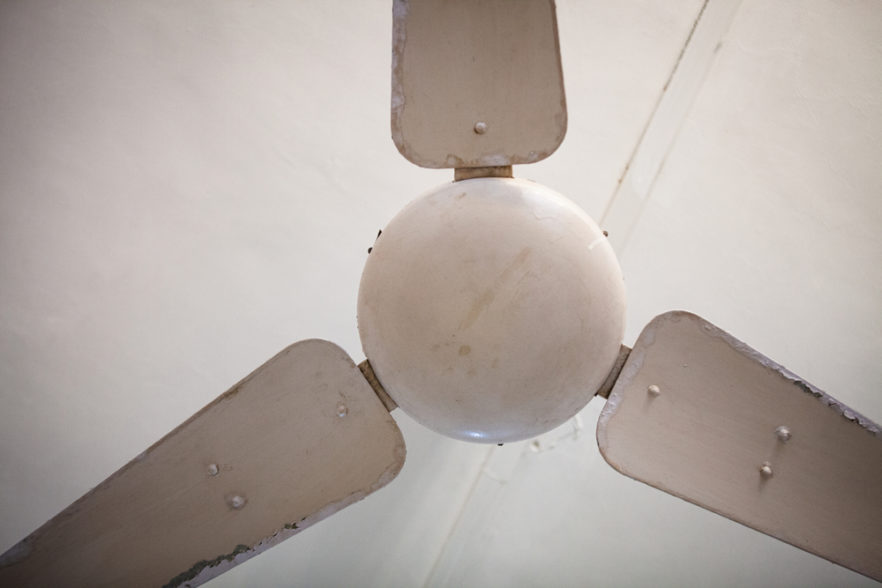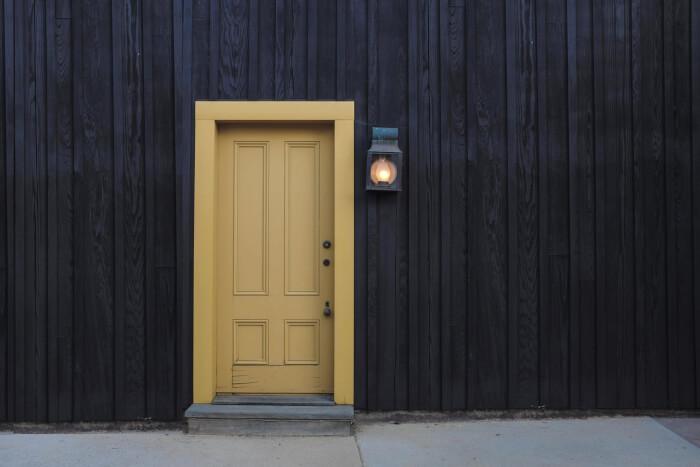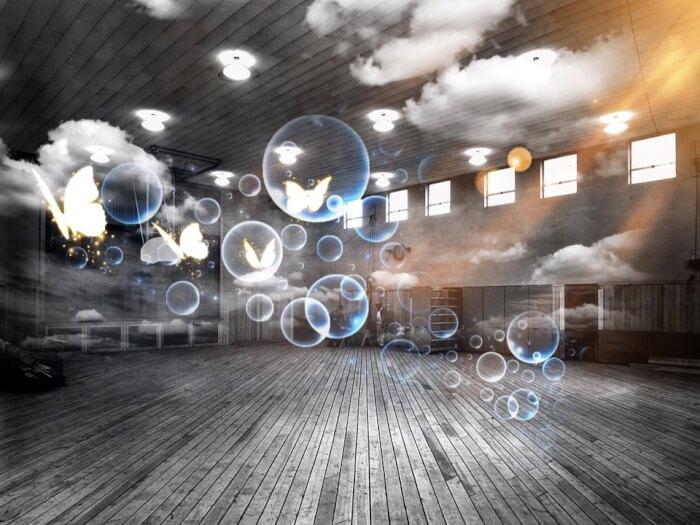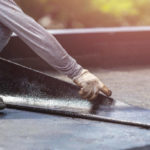Many interior designers consider ceiling fans to be décor eyesores. Despite their undeniable functionality — which can be essential during the summer months, especially in hot climates — ceiling fans can be difficult to integrate into the design of a room. Like other major appliances and fixtures in the home, ceiling fans might be leftover from previous owners, suiting their design style rather than the current occupants’. Yet, while other appliances and fixtures can be surrounded and obscured by décor, like cabinets, tables, plants and knickknacks, ceiling fans tend to hang by themselves, interrupting the room’s sight lines.
For home decorators on a budget, there are plenty of strategies for DIYing your ceiling fan to better suit your interior aesthetic — but should you bother? Here are a few of the more common ceiling fan DIY methods and whether they are safe or effective enough for you to try in your home.
Paint
Paint is often touted as the simplest, most affordable and most effective home decorating solution. Applying paint is easy — anyone can do it — and depending on the shade you choose, it will radically change the look of the item or room.
There are several ways you might paint your ceiling fan, from typical latex or acrylic paint and brushes to spray paint from cans or a compressor. However, when you paint your fan, you need to be careful not to apply too much paint. Fans are delicately balanced machines, and extra weight on the blades can cause imbalances that damage the appliance. Additionally, you should be careful to avoid getting paint into the complex inner workings of the motor; you might need to disassemble the fixture entirely to prevent this from happening.
If there is any chance that you will not like the look of your fan after you paint it, you probably do not want to participate in this DIY. Painting a fan tends to be difficult and detailed work that requires ample time and effort to manage properly. If you make a mistake, you could irreparably damage your fan or negate any value you might have gotten from selling your fan. However, if you are experienced in applying paint to different materials around your home, you might find great success with this method.
Staining
A smart way to help wooden elements fit into your interior design style is to sand them and stain them in a color that better suits your aesthetic. Many fans have blades that are made from wood or covered in a wood veneer. If you are careful to sand lightly and evenly, you should be able to achieve a different look that will make your fans feel more in line with the rest of your décor.
If you are not certain about the material of your fan blades — for example, they might look like wood but feel like plastic — it might be safer to apply something that makes them look like the wood finish you desire. You can find peel-and-stick wallpaper that has the look of wood paneling. In fact, you might consider applying any color or pattern of wallpaper to your fan blades, as long as your interior design can support a funky, maximalist look from this important appliance.
 Distressing
Distressing
If you enjoy the look of aged and distressed décor items, you might be tempted to distress your ceiling fan. With some sandpaper and some steel wool, you can rough up the edges of your blades and the motor casing, creating a rustic farmhouse feel — but you probably shouldn’t.
DIY distressing items tends to shorten their lifespan, and with an expensive and essential appliance like a ceiling fan, you usually want to do everything in your power to maintain functionality for as long as possible. If you hate your current fan and need something with a more rustic appearance, you can find affordable and high-quality ceiling fans in a farmhouse style.
Conclusion
By far, the safest way to improve the look of your ceiling fan is by swapping out the blades and lights with approved options from your fan’s manufacturer. The next best option is buying a brand-new fan that better fits your interior style. However, if you must DIY your ceiling fan, you should always take steps to keep you and your fixture safe — like turning off the power, removing the fan from the ceiling and being cautious with your DIYs.

 Distressing
Distressing






